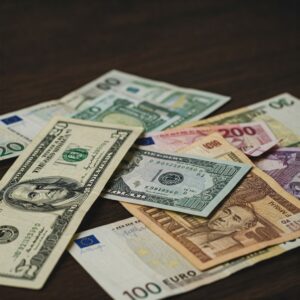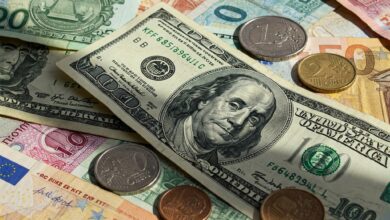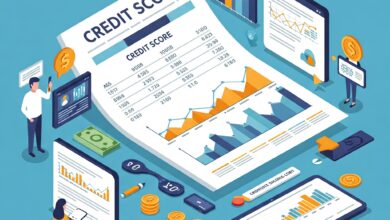6 Curious Facts About Coins You Didn’t Know
Learn some facts about coins that you probably didn't know
Think you know everything about the coins jingling in your pocket? These everyday objects have a rich and fascinating history, filled with surprising twists and turns. Get ready to have your mind blown by these six curious facts about coins!
Tiny Treasures, Big History: The Ancient Origins of Coinage

We use them daily without a second thought, but the history of coins stretches back thousands of years! The earliest known coins emerged around the 7th century BCE in Lydia, which is now part of modern-day Turkey. These weren’t the perfectly round pieces we’re used to today. Instead, they were often irregularly shaped lumps of precious metals stamped with a symbol to indicate their value. Imagine carrying around uneven chunks of gold and silver instead of sleek quarters! Understanding the origins of currency gives us a fascinating glimpse into early economic systems.
More Than Just Metal: The Intriguing Materials Used in Coins
While many modern coins are made from alloys of metals like copper, nickel, and zinc, the materials used throughout history have been incredibly diverse. From precious metals like gold and silver (which signified wealth and stability) to less conventional materials, coin materials throughout history tell a story of available resources and economic priorities. In times of scarcity or economic hardship, even leather, porcelain, and even compressed tea have been used as forms of coinage in different parts of the world! This highlights the ingenuity and adaptability of societies in creating mediums of exchange.
Not Always Round: The Surprising Shapes of Historical Currency

Our minds instantly picture round discs when we think of coins, but this hasn’t always been the case. Throughout history, coins have come in a variety of shapes and sizes. Unusual coin shapes include squares, rectangles, ovals, and even coins with holes in the center, like the Chinese cash coins that circulated for centuries. These unique shapes often served practical purposes, such as making them easier to carry on strings or distinguishing them from other denominations. Exploring the evolution of coin design reveals a fascinating aspect of cultural and practical considerations.
Beyond Buying Power: The Symbolic Meanings Embedded in Coins
Coins are more than just tools for transactions; they often carry significant cultural, political, and religious symbolism. Symbolism in coin design can range from the portraits of rulers and national heroes to representations of important national symbols, animals, and mythological figures. These designs were carefully chosen to convey power, legitimacy, and national identity. Examining the hidden meanings in currency can offer insights into the values and beliefs of the societies that minted them.
Accidental Fortunes: Rare Coin Errors That Became Incredibly Valuable

Mistakes happen, even in the meticulous process of minting coins. However, these errors can sometimes turn into incredible treasures for collectors. Rare coin errors and their value can skyrocket due to their scarcity and uniqueness. A coin with a double die strike, an off-center image, or a missing element can be worth thousands, even millions of dollars! These “flaws” transform ordinary pocket change into highly sought-after pieces of numismatic history, demonstrating the fascination with rare currency.
From Hand to Machine: The Evolution of Coin Production
The way coins are made has drastically changed over time. Early coins were often struck by hand using hammers and dies, a labor-intensive process that often resulted in variations in shape and design. The invention of the screw press in the 16th century marked a significant step towards more uniform coin production. Today, modern mints utilize sophisticated machinery to produce billions of coins with incredible precision and speed. Understanding the history of coin minting technology showcases the advancements in engineering and manufacturing over centuries.

Coins are so much more than just small pieces of metal we use to buy things. They hold a rich history, showcase human ingenuity, and sometimes even hold the potential for unexpected fortune. The next time you reach for some change, take a moment to appreciate the fascinating journey these little discs have taken!




